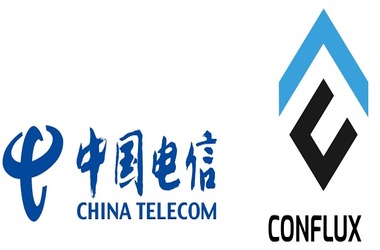Conflux and China Telecom launch Blockchain-powered SIM card
[gpt3]rewrite

During the launch event, Ming Wu, who is the co-founder and CTO of Conflux Network, sent a commemorative NFT from Conflux’s BSIM card account to China Telecom’s account to symbolize their partnership. Fan Long, the president of Tree-Graph Research Institute and founder of Conflux, stated that Conflux Network’s research team has developed a BSIM card that looks like a regular SIM card and works with Android and IOS operating systems. However, it has significantly more storage space (10-20 times) and computing power (several dozen times).
Before launching in international markets and mainland China, the BSIM card will be tested in Hong Kong, which aims to establish itself as a leading center for the Web 3.0 industry. In 2020, the Shanghai Municipal Government supported the establishment of the Tree-Graph Research Institute, which aims to advance the progress of the Conflux blockchain.
On Wednesday, Xinhua News Agency stated that the institute is participating in the creation of IEEE P3217, which is an international standard for blockchain developed by the Institute of Electrical and Electronics Engineers. This standard will establish the connection between blockchain and blockchain applications and is expected to be released in June 2023. Introduced in 2018, the Conflux Network is a layer 1 blockchain that claims to be the only regulatory public blockchain in China. Several blockchain and metaverse initiatives have been worked on in the country in collaboration with various companies and government entities.
The introduction of the BSIM card pushed the price of Conflux CFX to a 10-day high of $0.3253 on May 16. According to the information provided by CoinMarketCap, the token’s current trading value in Hong Kong is 11:30 US$0.3007, showing an increase of more than 15% for the week.
[gpt3]


